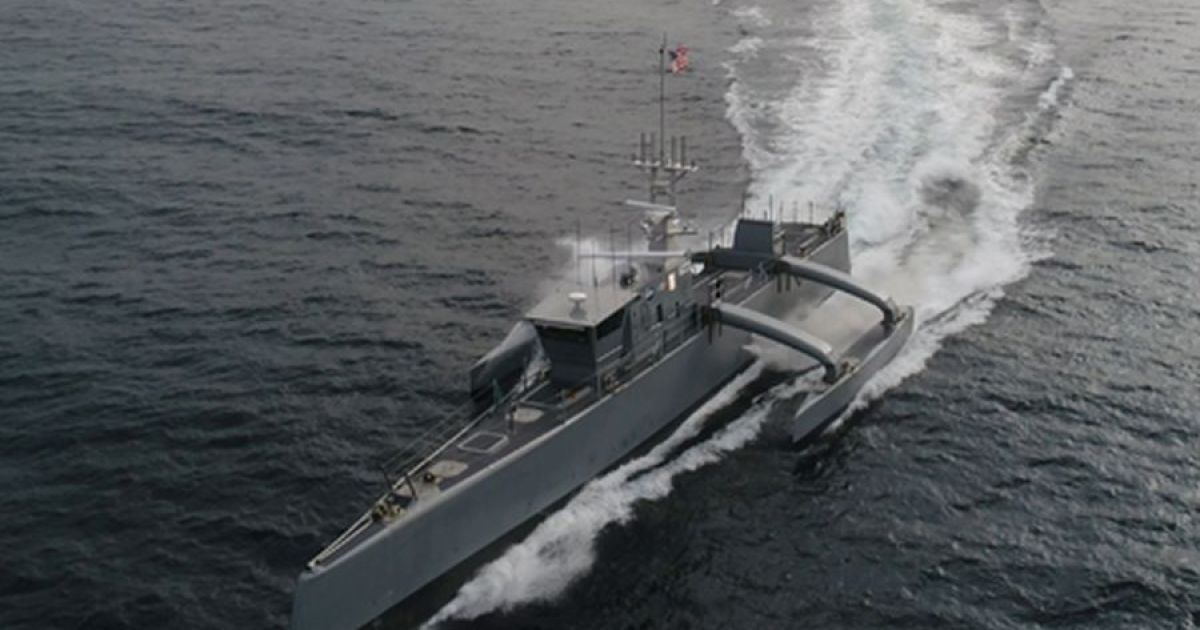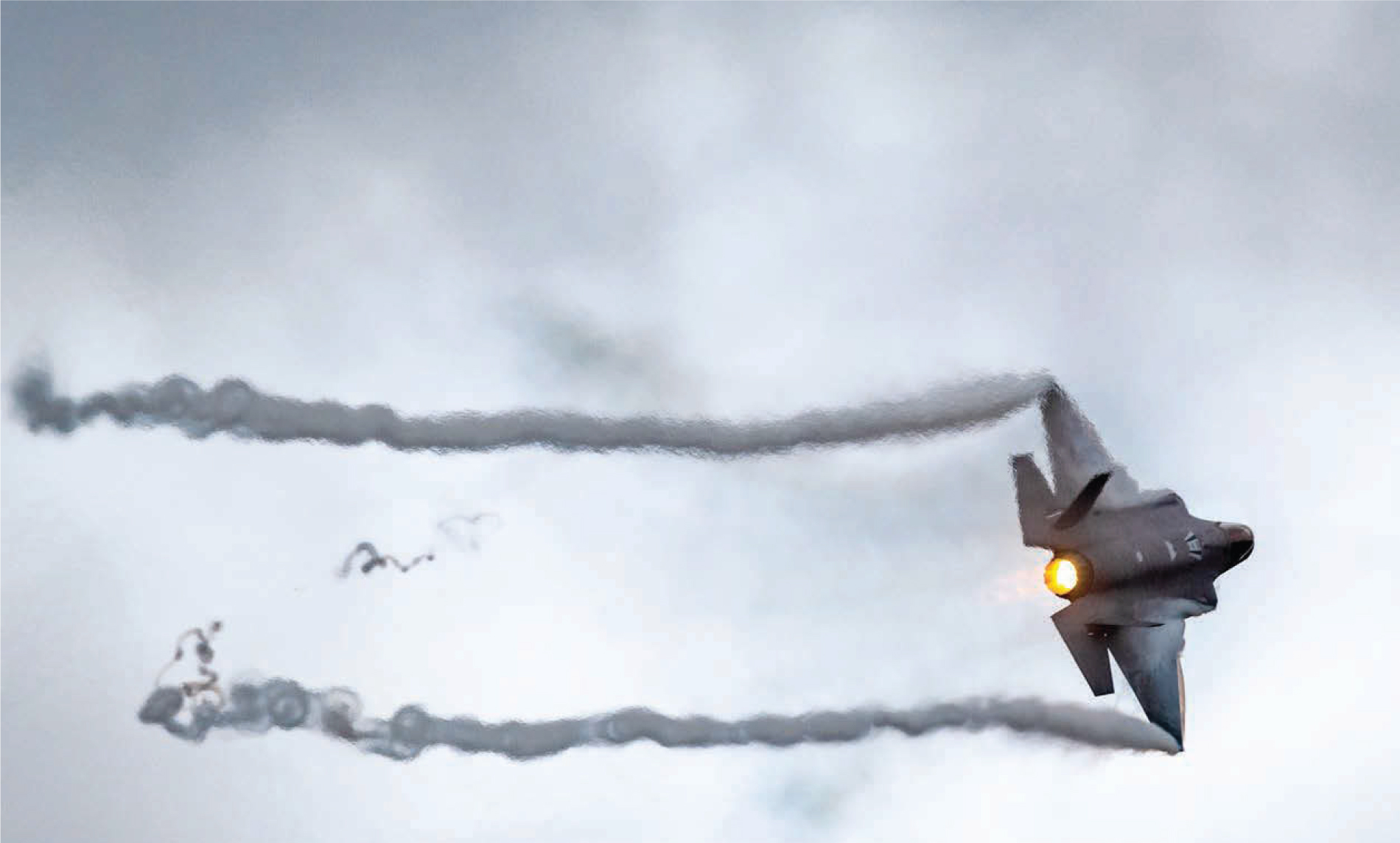buffy9
Well-Known Member
China's military modernisation is not set to be fully complete until 2035 - another fifteen years in the making. In the mean time, both the US and China are investing substantially into R&D - preparation for any such conflict.I think the ASBM question is also symptomatic of a broader intent on the part of the PRC to be able to attack USN vessels at ever greater distances from the Chinese mainland. While the PRC's requisite C4ISR apparatus strikes me as vulnerable for the time being, I expect that both it and their ASBM arsenal will grow over time, (allowing for ever larger salvos and the capacity to repeatedly subject CSG's to them, depleting available countermeasures) alongside LO ISR & ASuW aircraft and nuclear submarines. If the PRC reaches a point where it can attack USN CSGs while they are en route to (rather than merely "in") the West Pacific then I can see how a re-assessment of the current force structure would be called for.
To my mind, I imagine this might take the form of using smaller, cheaper carriers primarily for fleet defence/escort and investing more heavily in SSN/SSGN and heavily signature reduced surface vessels akin to the Zumwalt class design. With this said, it might be decades before such a transition could take place which may allow for other disruptive technologies to come to the fore in the meantime (EM railguns, HVPs, DEWs etc.). A nuclear powered CVN may yet be better placed to take advantage of said technologies than a smaller, cheaper, conventionally powered one.
The risk of conflict remains seeningly low. Disputes over islands and island chains could lead to clashes, whereas Chinese efforts to reign in Taiwan may lead to a more serious confrontation on ideology/sovereignty grounds. Still, both sides are dependent economically on the other whereas conflict threatens a region filled with shipping. Even if conflict does occur and GPS/BeiDou is impacted, it only serves to massively reduce the precision of all assets in the battlespace - reducing effectiveness and placing shipping st far greater risk. I could go in depth, but this isn't the thread for it.
With regards to investing into major fleet units (Zumwalt-class specifically) there has been a trend pointing towards utilising more distributed, unmanned/autonomous platforms. In an age where information can spread far and wide easily, the images of drowning or dead sailors could be catastrophic on the human front.
Also at play in this regard (and arguably more important, as large casualties are a norm in major conflict) is the fact that investing in such large expensive assets takes time and money that can easily be lost or countered during the time it comes online. The Zumwalt-class, whilst having resistance to radar, is not immune to imagery which is becoming increasingly important both in space and in the air.
Investing in unmanned arsenal ships decreases the risk to personnel, limits much of the cost primarily to munitions and would not be overly reliant on organic sensors and other components. There are pros and cons, as discussed in the arsenal ship thread. Similar USV can also be employed in greater numbers also for ASW and ASuW, whereas the cost to build even such stealth coated/designed vessels would come at far reduced cost than a Zumwalt-class.

‘Sea Hunter,’ a drone ship with no crew, just joined the U.S. Navy fleet
After two years of testing and evaluation by DARPA and the military, command of the "Sea Hunter," an unmanned autonomous warship, has been officially passed to the U.S. Navy.
Submarines are certainly capable and a major advantage currently, though it remains to be seen how well they will perform in the region as ASW becomes increasingly important. Utilising major submarines (SSN and SSGN) as motherships/breakthrough ships is also a concept I quite like with large quantities of unmanned assets being utilised as supporters. I like the term "sneakthrough," implying the use of unmanned systems to find a route and lure enemy forces away.
The ability to use cheap sensor and shooter mass via unmanned platforms will become increasingly important, particularly when so much territory needs to be covered and the the cost of error (I.e. losing a major ship/group) becomes increasingly worse.
The problem with ASBM is that they are designed primarily to counter large expensive platforms, partially driving in my view the current shift towards the ideas noted above. Without such large expensive platforms, the use of ASBM becomes more limited. This being said, there are flaws with the above concepts (unmanned is not fit for everything, far from it) the range/sophistication of ASBM will only increase - potentially forcing USN assets further out, therefore increasing the kill chain/sensor chain with their own unmanned assets.
The FFG(X), has been noted previously as being a cheaper platform to produce than escort/ABM designed DDGs. Depending on how such ASBM proliferate, large numbers of "mid-tier" platforms operating as motherships and SAGs could be an economic counter to ASBMs - there cost not grand like CSG/ARG, but capable enough to defend themselves and support a shorter kill chain closer to the Chinese mainland.
Links forthcoming:

Mosaic Warfare | Air & Space Forces Magazine
Designing a new way of war to restore America’s military competitiveness.
Last edited:



